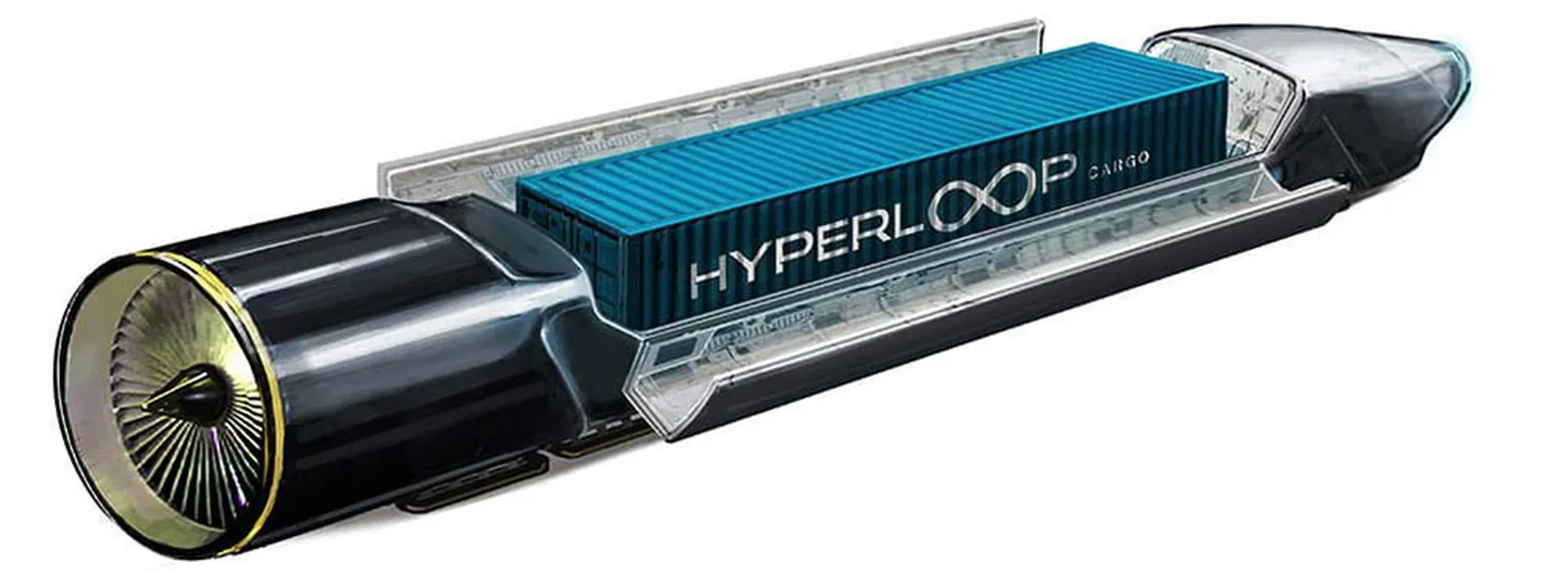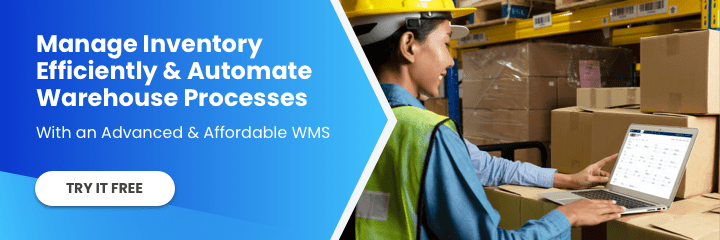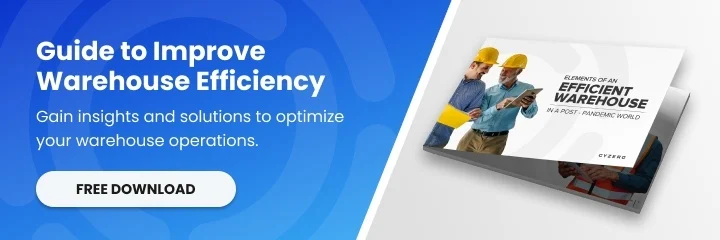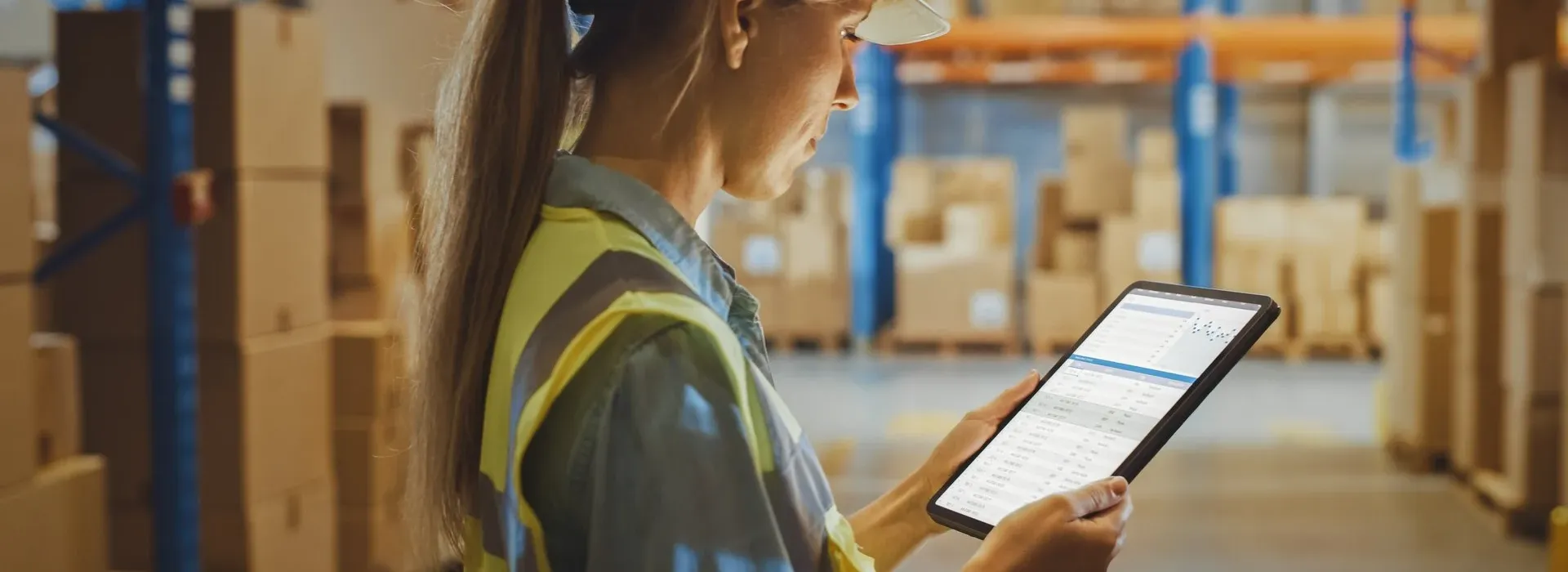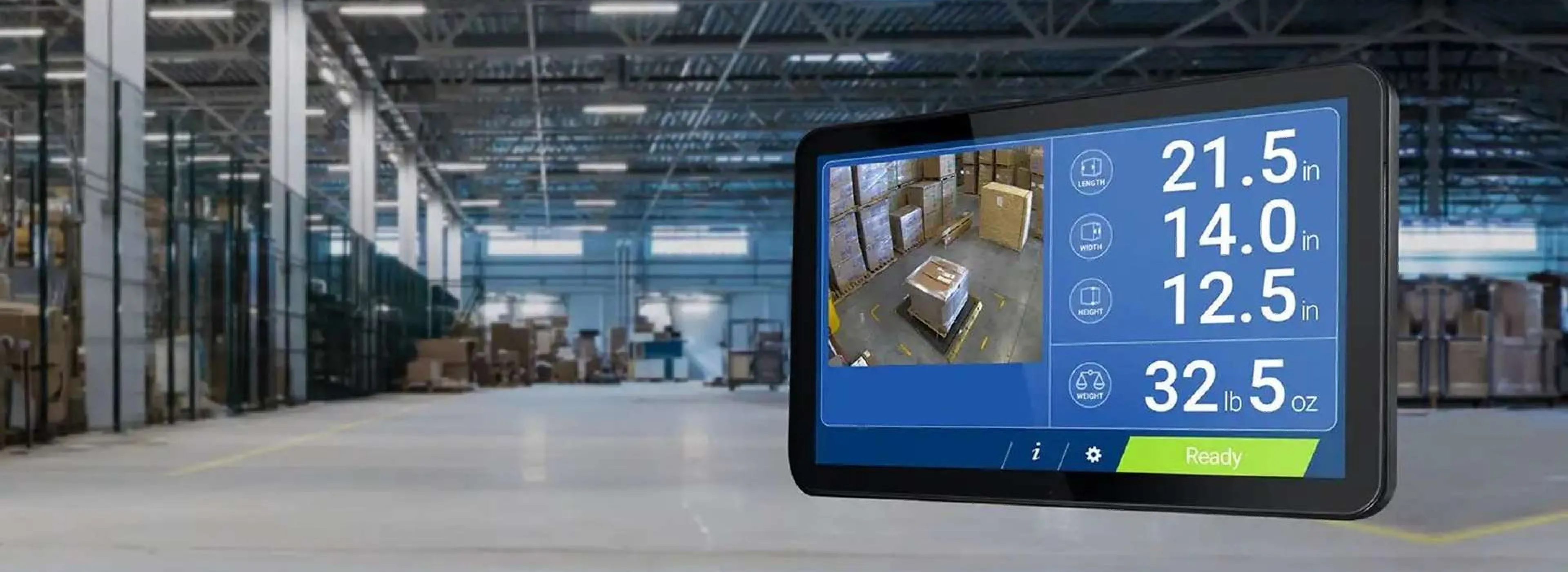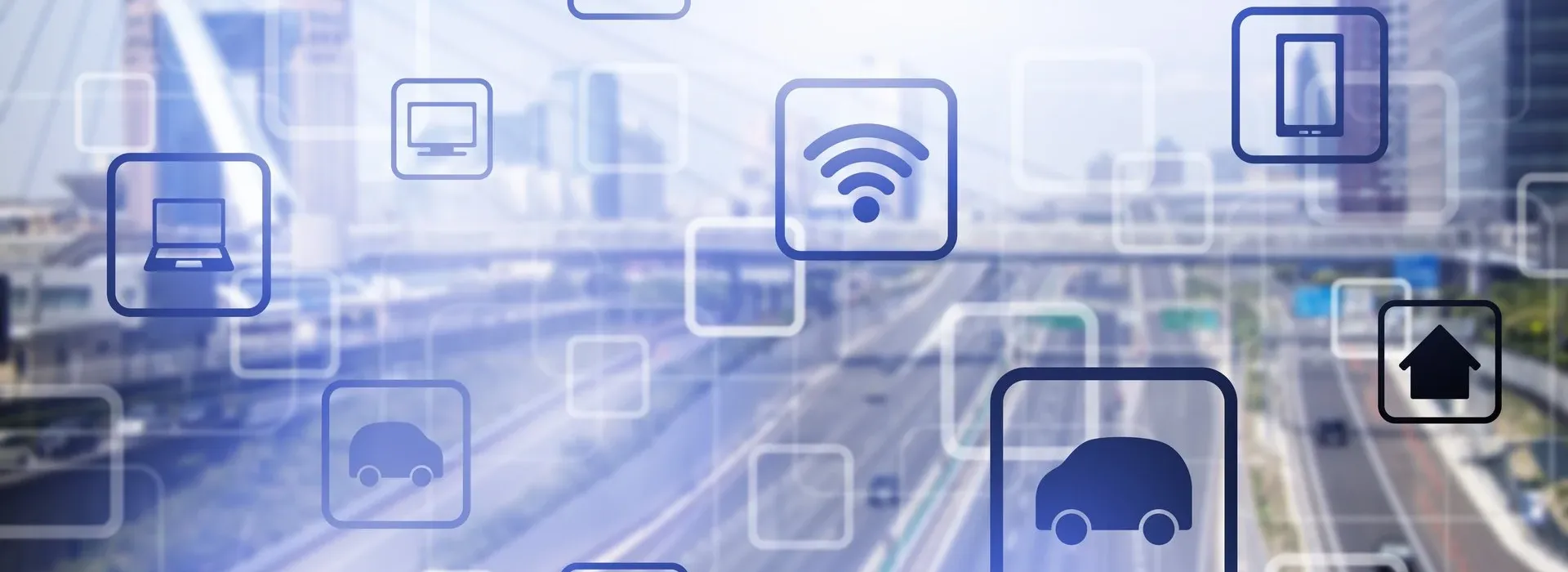Technology is playing a critical role in shaping the future of logistics and this blog series “Innovative Logistics Technology & Trends” will explore the technologies with the potential of shifting the landscape. The first technology we will explore with the potential to create vast amounts of opportunities for the Supply Chain industry is The Hyperloop.
Download Free Guide: 7 Technologies That Will Change the Warehouse
What is the Hyperloop?
Hyperloop is a technological concept introduced by Robert H. Goddard (considered the father of modern rocketry) and then recognized and further explored by Ellon Musk, Founder of SpaceX, Tesla Motors, and SolarCity. Drawing from the initial concept exposed by Robert H. Goddard, Musk proposed the Hyperloop Alpha model.
The Hyperloop concept is intended to be a high-speed transportation system for passengers and cargo that can go from zero to 550 mph in less than one minute while consuming very low energy levels.
This is achieved by creating a low-pressure environment within a tube that carries a capsule that floats in the air with no support other than a magnetic field—magnetic levitation. This capsule is propelled using a low-energy electrical motor and is capable of traveling at higher and faster speeds due to the absence of physical friction and low air resistance.
Think of the Hyperloop as a supersonic train floating on its track through magnetism and contained within a tube with almost no air resistance.

Source: Forbes
How could it contribute to the Logistics and Supply Chain Industry?
It is difficult to understand all the contributions this technology will bring to the industry. Still, we can draw some logical conclusions based on the information released so far.
The most obvious contribution this invention will make to the industry is increasing cargo delivery speeds. According to Port Technology, the Hyperloop can reach speeds of over 550 mph. This can easily turn what is now a three-hour trip into ten minutes.
With the capsule moving at such quick speeds, it will induce more frequent departures, eventually leading to on-demand transport with cargo leaving as much as every other minute.
It can hold a standard 40-foot intermodal container and has built-in cargo security due to its ability to operate in a point-to-point secured and dedicated environment – a tube.
Hyperloop also has major contribution potential for green supply chains. It is a carbon-free mode of transportation that can also help alleviate traffic congestion on busy highways where trucks produce significant air pollution. At the same time, transportation costs are significantly reduced due to low energy consumption.
Not only is inland freight transportation revolutionized by this capsule, but ocean and air freight transportation is also revolutionized. It can transport cargo through tunnels, above ground, and underwater.
What is the Status of the Hyperloop?
It is a reality! It was recently tested and publicly demonstrated on May 11, 2016, in Nevada.
One of the companies leading the development of the Hyperloop is Hyperloop One, a company based out of Los Angeles and led by former Cisco president Rob Lloyd. The company was co-founded in 2014 by a former SpaceX propulsion engineer and venture capitalist, Shervin Pishevar.
With more than 150 employees the company has already raised more than 100 million dollars in funding from multiple investors – including the French National Rail Company and GE Ventures. The company has partnered with a number of companies with experience in design, construction and manufacturing to bring this project one step closer to reality.
What’s Next for Hyperloop?
Finland, Sweden, The Netherlands, Switzerland, Dubai and the United Kingdom are conducting feasibility studies while the city of Moscow has signed a deal with Hyperloop One to explore building high-capacity passenger systems connected to Moscow’s transportation grid.
The good news is that the company will first target freight transportation to test this innovative technology without putting human lives at risk. As per Rob Lloyd, CEO of Hyperloop One, the company expects to move cargo by 2019 and passengers by 2021.
For more information about warehouse technology trends, you can follow us on LinkedIn, YouTube, X, or Facebook. If you have other inquiries or suggestions, please contact us here. We’ll be happy to hear from you.
